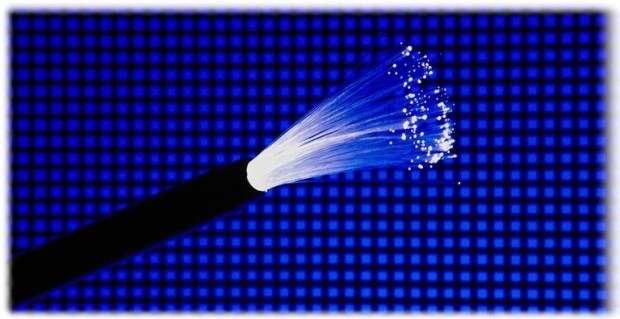In what could amount to a sea change in the way we transmit data over fiber optics, researchers at University College London have found a new way speed things up by changing the color of the transmitted light.
“To maximise the capacity of optical fibre links, data is transmitted using different wavelengths, or colours, of light. Ideally, we’d dedicate a wavelength to each subscriber to avoid the bandwidth sharing between the users. Although this is already possible using highly sensitive hardware known as coherent receivers, they are costly and only financially viable in core networks that link countries and cities,” said Professor Polina Bayvel.
The new receivers are simpler than previous coherent receivers and use only a quarter of the detectors. Further, a new coding technique ensures that the speed is not affected by “signal fading” and that fiber can be used both downstream and upstream.
How fast is the new system? The team at UCL tested it on a piece of unused fiber.
The receiver was tested on a dark fibre network installed between Telehouse (east London), UCL (central London) and Powergate (west London). The team successfully sent data over 37.6 km and 108 km to eight users who were able to download/upload at a speed of at least 10 Gb/s. This is more than 30 times faster than the fastest broadband available in the UK, today.
Not too shabby! Don’t expect this to hit the market very soon but it could be one of the building blocks to new wired 5G networks that can carry gigabytes of data a second.
